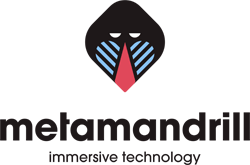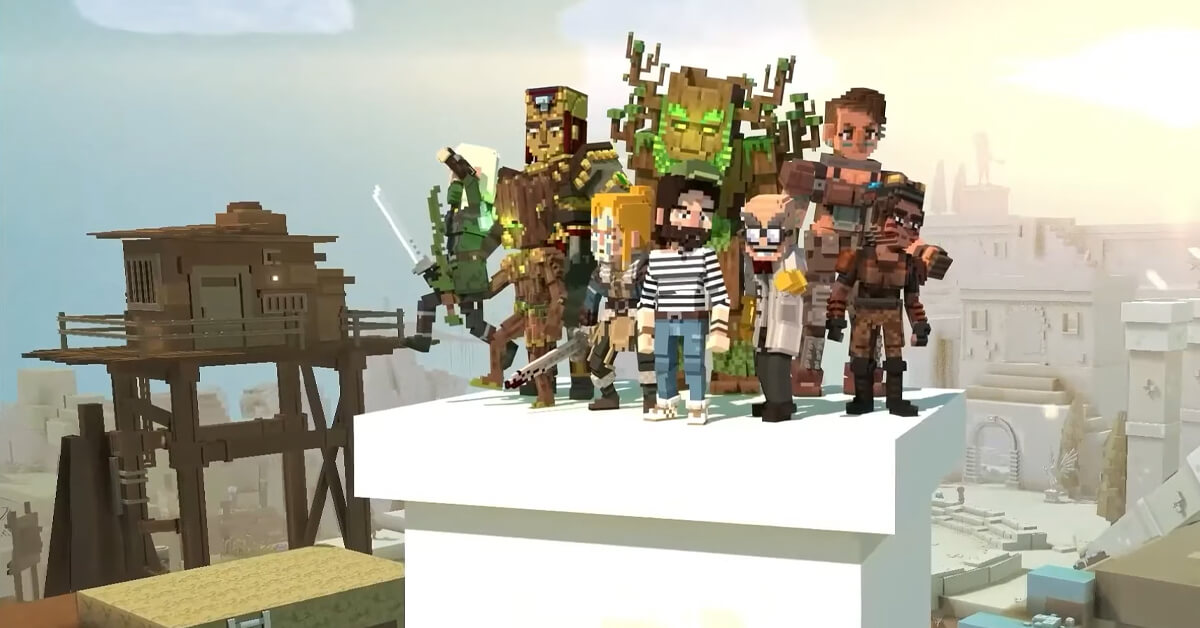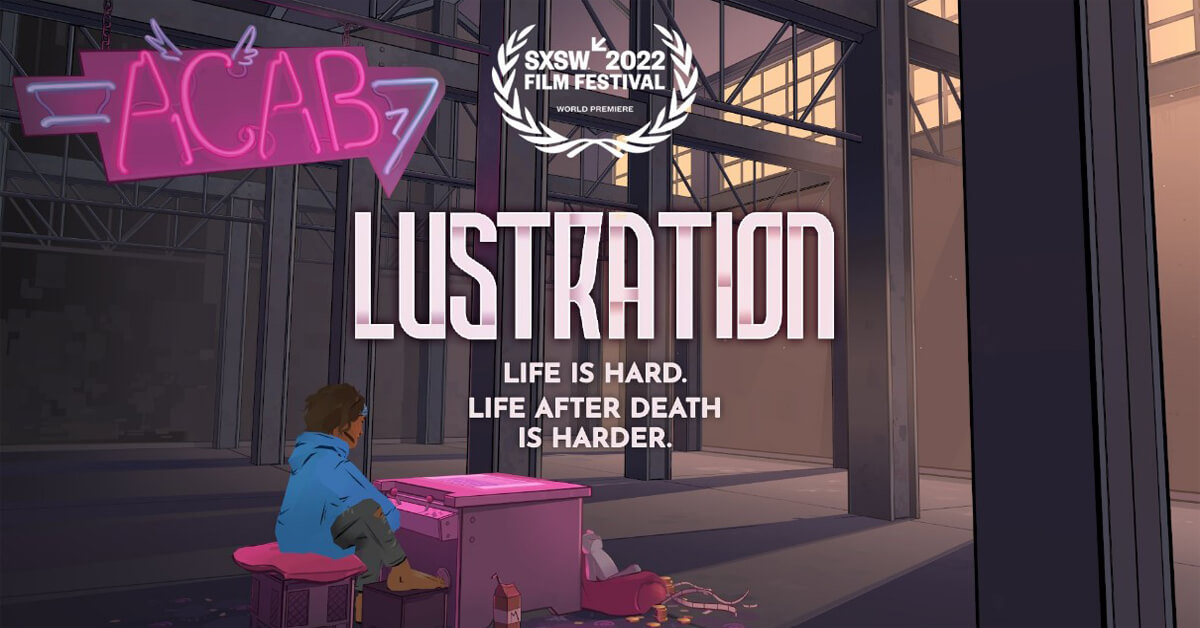Metaverse token options often appear relatively simple at first glance. However, there’s usually much more complexity below the surface than you may suspect. The tokens might seem synonymous with metaverse currencies. But they have their own unique elements which provide unique value. But don’t worry about the complexity because you’re about to master the 10 most essential metaverse tokens.
Quick Menu:
- Understanding the Metaverse Token Begins With the Metaverse Itself
- What Is a Metaverse Token?
- What Is the Difference Between Metaverse Coin & Metaverse Token?
- 10 Popular Metaverse Tokens Right Now
- From Metaverse Token to Full Metaverse Project
Understanding the Metaverse Token Begins With the Metaverse Itself
A metaverse token is an integral part of the larger metaverse. To the point where understanding one demands understanding the other. If the term metaverse conjures up virtual reality images, then you already have part of the answer. You absolutely can dive into the metaverse by donning a VR headset. But how you access the metaverse changes how you’ll experience that realm. For example, you can bring part of the digital world into the physical through other forms of extended reality like augmented reality (AR) or mixed reality (MR).
Different technologies like PCs, consoles, smartphones, and smart glasses let you experience the metaverse differently. But the underlying metaverse meaning is an always-on digital world where you can interact with people and make lasting changes. You can delve even further into the nature of the metaverse in the article “Metaverse Guide; Understanding The Basics Will Open Up a New World”.
What Is a Metaverse Token?
A metaverse token can be seen as a virtual currency unit providing additional benefits. Though there might be some limitations to where you can buy or use them. For example, you might need to purchase tokens at a particular digital universe store or exchange. And you can only use them within the context of that specific part of the metaverse. There are a lot of differences between tokens, but they’re all tied to blockchains. As such, they offer reliable performance that’s free of the financial corruption seen in the offline economic markets.
What Is the Difference Between Metaverse Coin & Metaverse Token?
Metaverse tokens are similar to metaverse crypto in that they have value and are tied to blockchains. Unlike coins, a token is issued on top of an existing network and doesn’t have its own unique blockchain. A metaverse token also differs by being created through minting rather than mining. On top of this, coins are almost always used as payments within cryptocurrency systems. While tokens can have value, open up services, or represent other assets. You can discover more about what makes metaverse coins unique in the article “Metaverse Coins; What Is a Metaverse Coin & Where to Find Them?”
10 Popular Metaverse Tokens Right Now
You’re ready to jump into some of the most important examples of metaverse tokens now that you’ve seen some of what the concept entails. There’s a vast ocean of metaverse tokens out there. But the following examples encompass the tokens that most would agree are the best of the best. These tokens stand out thanks to their popularity, unique traits, or technical achievements.
Sandbox (SAND)
SAND tokens are the heart of the Sandbox metaverse. The Sandbox itself is a metaverse that puts special emphasis on user-generated content. It takes the concept of a “sandbox game” into the metaverse to let users create and play various games in a vast virtual universe. This includes empowering users with the ability to create digital assets. And those same users can sell, buy, and trade with other users doing the same.
SAND tokens are an ERC-20 metaverse token that can function as Sandbox’s in-system currency. But SAND also provides additional benefits from holding or using it as a utility. Sandbox’s token system also serves as the infrastructure for a proper decentralized autonomous organization (DAO) within its metaverse. SAND is what makes the Sandbox able to function as a metaverse, “play-to-earn” game, DAO, and NFT showcase, all at the same time. It’s a user-powered metaverse that’s tied together with SAND.
Video: Understanding SAND and What to Do With It
Decentraland (MANA)
Decentraland is an advanced 3D platform that matches metaverse devices like VR headsets perfectly. You can explore virtual landscapes and truly make them your own. Creative use of this land is one of the biggest selling points for the Decentrland metaverse. And the thriving virtual real estate market rests on Decentraland’s MANA metaverse token.
MANA is ERC-20 metaverse token that let you buy real estate in Decentraland. These tokens open up a wealth of different metaverse options. However, their most important use comes from acquiring blocks of virtual real estate called LAND. Once MANA has been used to acquire LAND, you can use it however you like. And, of course, you can explore the user-developed LAND of others on Dectraland while you work on developing your own. The Ethereum blockchain-backed tokens can be used on the marketplace and for avatars, real estate, wearable accessories, and even unique names.
Video: Decentraland Desktop Client
Axie Infinity (AXS)
Axie Infinity is one of the best examples of a system that ties metaverse tokens to program logic. It can be thought of as a mix between the metaverse, Tamagotchi, and Pokémon. Players collect, nurture, and deploy Axies against each other within the game. And every collectible Axie creature is also a metaverse token. There are currently over 500 different body parts available to help ensure your Axies are unique. This lets you create Axies that take after the traits of aquatic, bird, reptile, and even plant-based life.
The Axies are represented as NFTs compatible with the format’s metaverse standard. Additionally, governance of the system itself is done through an Ethereum blockchain sidechain metaverse token called Axie Infinity Shards (AXS). Ownership of Axies lets you play the game. But it’s AXS that gives you the ability to vote on issues such as Axie Community Treasure allocation.
Video: Axie Infinity: Origins Official Trailer
Enjin (ENJ)
Enjin easily ranks among the more impressive metaverse brands involved with gaming. The company has created an entire digital ecosystem that boasts blockchain-based systems that can bridge the gap between any given entity. This also helps promote the creative social spirit the metaverse is known for. Users can use the Enjin platform to create gaming clans, websites, talk, and even create in-system stores to sell player-created items and accessories. And Enjin even makes it easy to tokenize game assets to make them unique and tied to the larger Ethereum blockchain.
Much of this functionality is thanks to the company’s Enjin Coin (ENJ) metaverse token. ENJ is an ERC-20 token that’s tied to the Ethereum blockchain. And this benefit extends to creations made through the Enjin system. For example, minting a digital item through the Enjin Platform system creates an end-product that always contains ENJ and thus has real-world liquidity.
Video: What is Enjin Coin (ENJ)?
ApeCoin (APE)
Yuga Labs’ Bored Ape Yacht Club revolutionized how people looked at the metaverse, blockchain, and digital art. It also inspired an ERC-20 metaverse token called ApeCoin (APE). ApeCoin has a similar potential to change how people look at the world. And its creators hope that the token will foster and promote decentralized groups that stand together at the forefront of web3-focused technologies.
This end goal of community involvement can already be seen from these metaverse tokens being part of a larger Decentralized Autonomous Organization (DAO). People with the token, AKA ApeCoin holders, are given the right to vote within the DAO. This includes governing rights such as using the system’s intellectual property and directing fund allocations. ApeCoin also opens up parts of the larger ecosystem to holders. Games, services, and the ability to integrate with personal projects are all included.

Image attribution: ApeCoin
Theta (THETA)
There’s a good chance that anyone jumping onto the Internet will end up watching streaming video. And that popular pastime has made its way into the metaverse as well through the Theta (THETA) system. It’s a powerful peer-to-peer (P2P) system created under the guidance of YouTube co-founder Steve Chen and Twitch co-founder Justin Kan. Many of the other big names in the tech landscape are also on board. Enterprise validators include Google themselves, Binance, Sony Europe, Samsung, Blockchain ventures, and Gumi. One of the system’s most vital points is its decentralized infrastructure.
Theta runs through community-run nodes. And the governance of these nodes and the system is done through ownership of the THETA metaverse token. This utility highlights how metaverse tokens can create cohesion within distributed networks. The platform saves money on infrastructure and revenue streams. At the same time, content creators and users get better quality service and the benefits of THETA tokens.

Image attribution: Theta Network
Internet Computers (ICP)
One of the most exciting elements of the metaverse is its potential to rise up as a new decentralized form of the Internet. The Internet is currently focused on centralized companies like Alphabet (Google), Amazon, and similar tech giants. But Internet Computers aims to change that and bring the Internet back to the people through decentralized metaverse technologies.
Internet Computers was launched in May 2021 with impressive results that garnered much attention. This includes the likes of notable venture capitalist Andreesen Horowitz offering support. The idea of an open-source Internet is partially coming to fruition through the ICP metaverse token. It allows for smart contracts to be created and maintained with enhanced speeds and reduced costs. ICP quickly gained a $45 billion market cap when the token traded for around $700. Though over time, this value has gone down since that initial high point.
Video: The Internet Computer Vision
SushiSwap (SUSHI)
The SUSHI metaverse token is the product of SushiSwap. And the organization was initially forked from Uniswap in 2020 to create a better form of decentralized finance (DeFi) and automated market maker (AMM). This was a particularly notable event given that Uniswap was synonymous with the larger-scale decentralized finance (DeFi) system and the tokens representing it. As such, it’s little surprise that the SUSHI tokens earned immediate interest from the public.
And one of SushiSwap’s goals was a plan to capitalize on the boom in DeFi tokens. It’s been able to accomplish these milestones and more by extending SUSHI tokens into a powerful in-house system that adds features like reward incentives for network participants. SUSHI also helps avoid the liquidity issues that come with decentralized exchanges. There’s a 0.3% cut in liquidity pools, and SUSHI tokens can reward users with a portion of the fees along with governance rights.

Image attribution: SushiSwap
Star Atlas (ATLAS & POLIS)
Imagine an advanced space-faring future of 2,620 with adventure around every corner. That’s what you’ll find within the Star Atlas metaverse. It’s a vast game created on top of the Solana blockchain. And the massive system uses that fact to empower its ATLAS and POLIS metaverse tokens.
You can use the ATLAS metaverse token as part of Star Atlas’ in-system economy. ATLAS is your ticket to ownership of NFT-based items like spaceships, items accessories, and even the crew to man your ship. Meanwhile, Star Atlas’ POLIS metaverse token gifts governance rights to holders. This lets you help guide the system’s development. The system and underlying economy are heavily focused on true ownership. The ATLAS token and NFTs within Star Atlas allow for true ownership and representation in the decision-making process. These metaverse physical and social assets mirror the way you can truly own physical items and real-world assets.
Video: Star Atlas – The Trailer
Metahero (HERO)
Metahero offers a distinct take on metaverse tokens. It’s a metaverse token that highlights the very nature of metaverse tokens. Metaverse tokens can already be seen as a parallel to physical objects or even currency. But Metahero takes this to the next level by integrating tokens with 3D scanning technologies to provide metascanning. This technique acts as a true bridge between the physical and digital realms. Metascanning reproduces physical objects into digital items or avatars in the metaverse.
And all of this is encapsulated into the HERO token. HERO can span all areas of the world to move through social media, art, and your life. It’s little surprise that it was able to begin with a total of $10 million in seed funds when it first launched in June of 2021. Current plans offer over 100,000 people the chance to be among the first to scan themselves.
Video: Hero Token
From Metaverse Token to Full Metaverse Project
Metaverse companies have accomplished amazing things with metaverse tokens. They’re often incorporated into everything from advanced DAO governance projects to tickets that’ll provide entry to the hottest concerts in the metaverse. But the more you delve into the world of metaverse development, the more you’ll discover just how fast the industry is moving. There are projects in active development that would have seemed like science fiction in the recent past. But they’re right here to try out in the present. The article “The Most Interesting Metaverse Blockchain Projects” reveals even more uses for tokens and similar technologies.
Metaverse tokens have a vast amount of potential. But it’s a potential unique to everyone who purchases a metaverse token for themselves. Now that you’ve seen what these tokens can do you’re ready to experience it for yourself.
Did You Like This Article About Metaverse Token?
You might also be interested in the following articles:
- Metaverse Advertising; Types of Metaverse Marketing & Examples
- Meta Metaverse; All the Ways Meta Is Building the Metaverse
- What Is an NFT? Non-Fungible Tokens Clearly Explained









As a monkey lover, I’m thrilled to learn more about ApeCoin 😉 And its mission is to conserve and protect ape habitats. The fact that a portion of each transaction goes towards ape conservation efforts is truly inspiring. I’m going to look into investing in this coin.